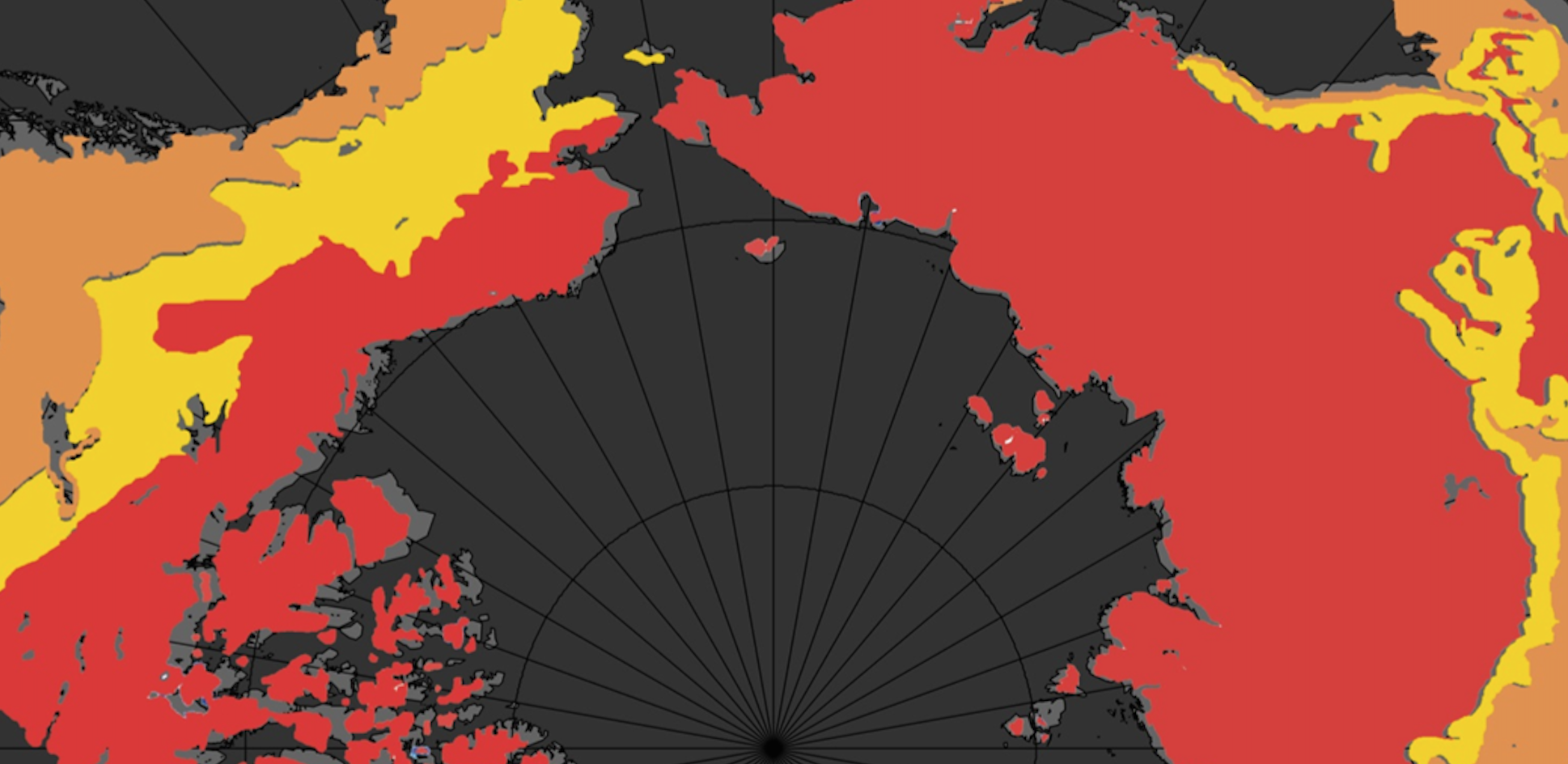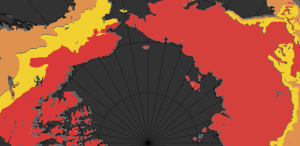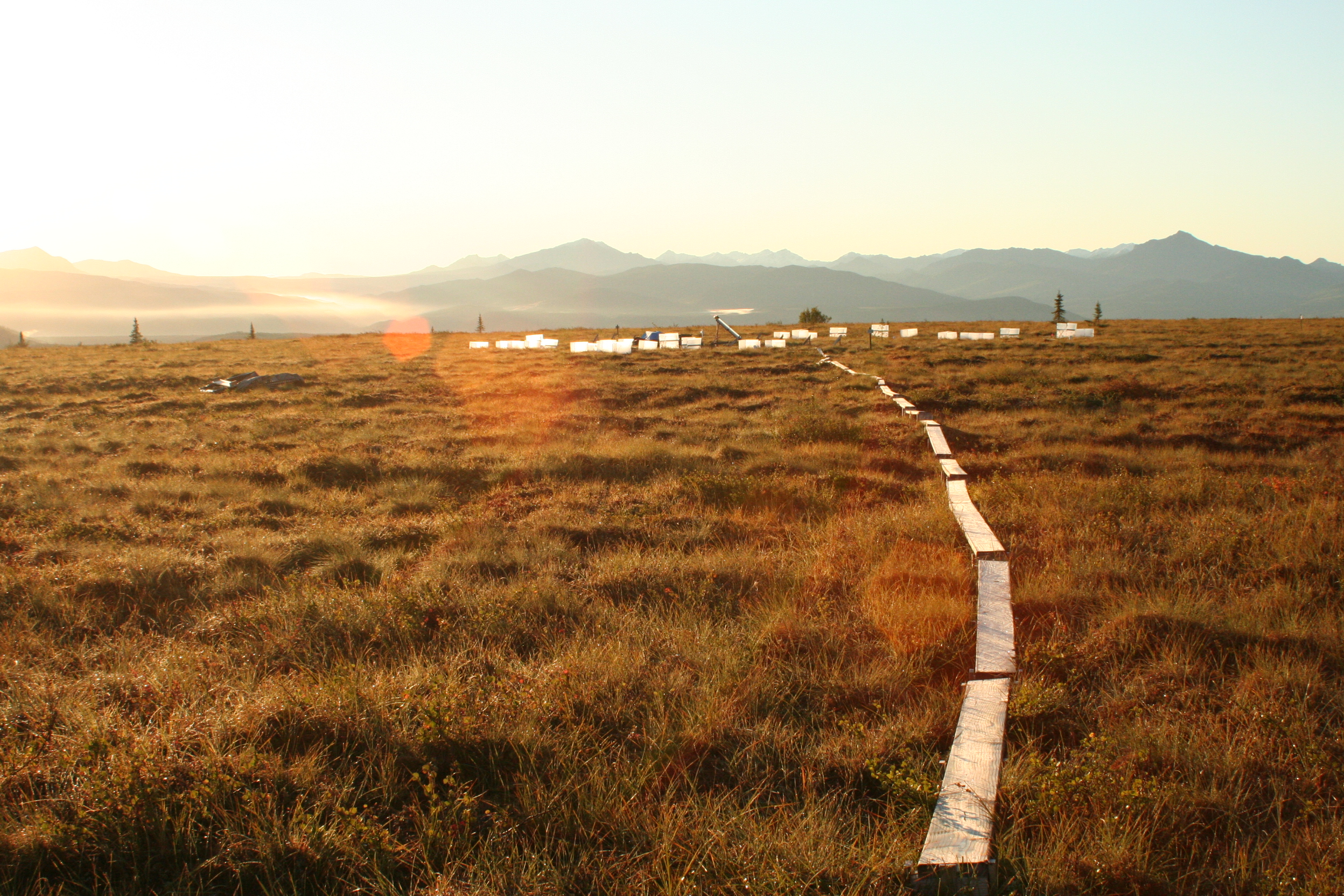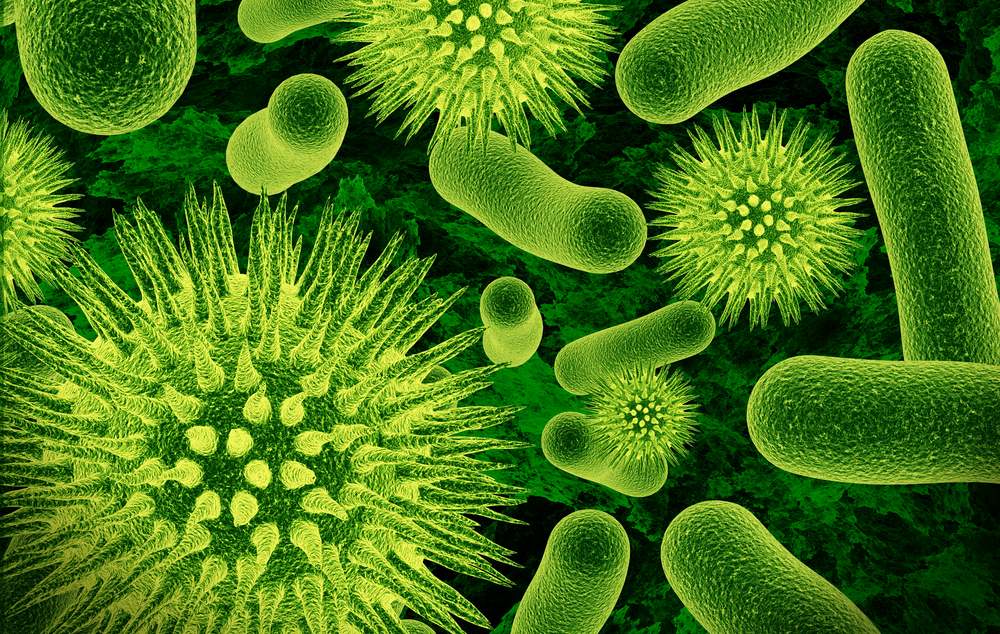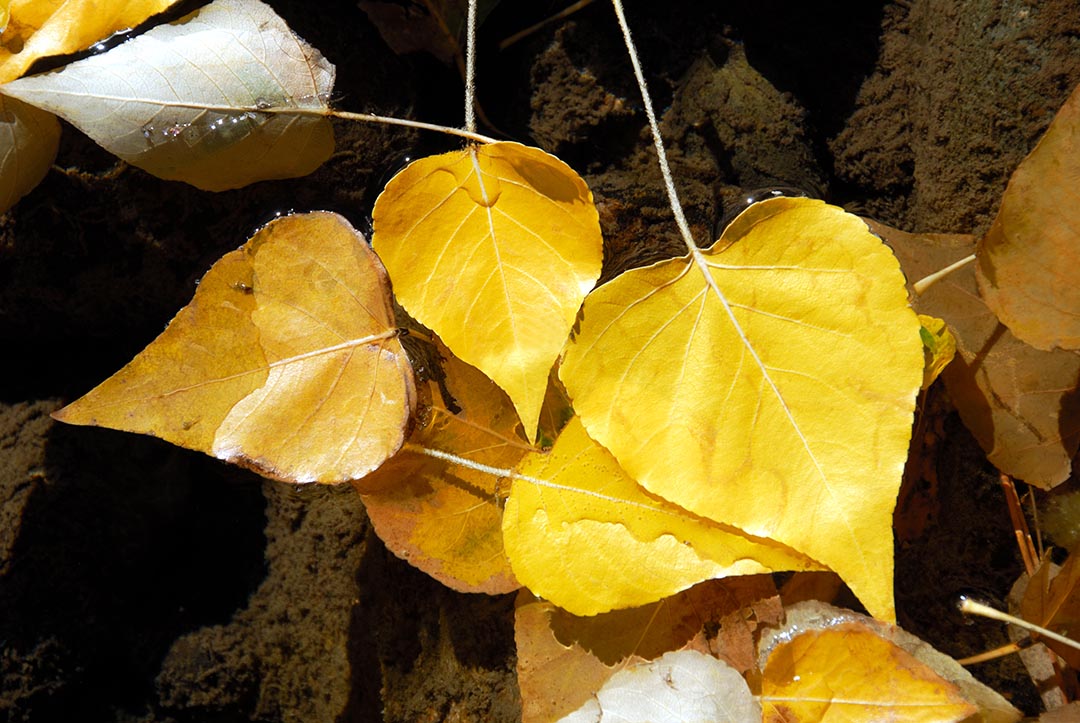Global Change Synthesis
Thousands of researchers worldwide are studying how global change affects ecosystems. Using models and field experiments, they add to our understanding of this area each day. However, individual studies sometimes only tell part of the whole story. By combining results from large numbers of studies, we can discern large-scale patterns across ecosystems, and make better estimates of how global change will affect our environment. Our work on global change synthesis combines several statistical techniques with modeling approaches. (more…)
